| Green Trees | Names |
|---|---|
| 01 | karanja |
| 02 | Canella |
| 03 | Heartleaf |
| 04 | Prunus Lusitanica |
| 05 | Chinese Chastetree |
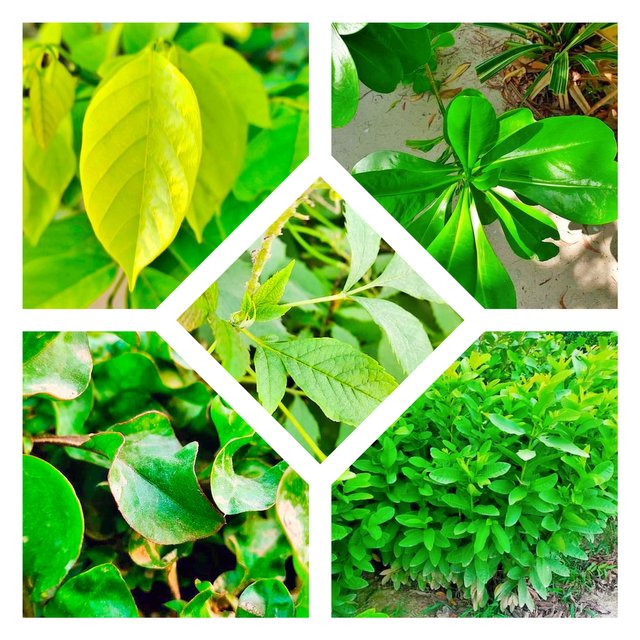
The plant, Karanja, is a medium-sized evergreen or deciduous tree, usually about 8 m tall but can grow up to 15-25 m (Sangwan et al., 2010; Orwa et al., 2010). 2009). Stem straight or crooked, 50 cm in diameter, covered with gray to brown bark, smooth or vertically fissured. Karanja has a deep and thick taproot with many secondary lateral roots (Daniel, 1997). The branches are spreading or drooping and form a broad hemispherical crown of dark green leaves. The branches are hairless with yellow markings. Leaves are alternate, finely compound, rose red when young glossy dark green at maturity (Orva et al., 2009). The leaves have 5 to 7 glossy leaflets that are paired (2 or 3) on slender petioles and a terminal leaflet. Leaves are ovate-ovate, about 5-10 cm long and 4-6 cm wide, pointed at the tip. The inflorescence is a 6–27 cm long raceme of usually papillanaceous, very fragrant flowers. The plant has many benefits like making toothpaste from the plant. It is also used in medicine.
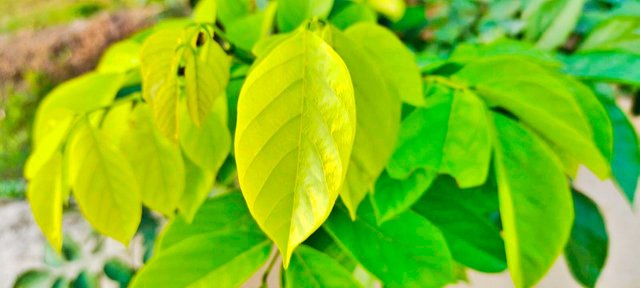
Canella ventrana is a tree native to the Caribbean from the Florida Keys to Barbados, and its bark is also used as a spice like cinnamon, giving the common names of cinnamon bark, wild cinnamon, and white cinnamon. It is used a lot in our country.
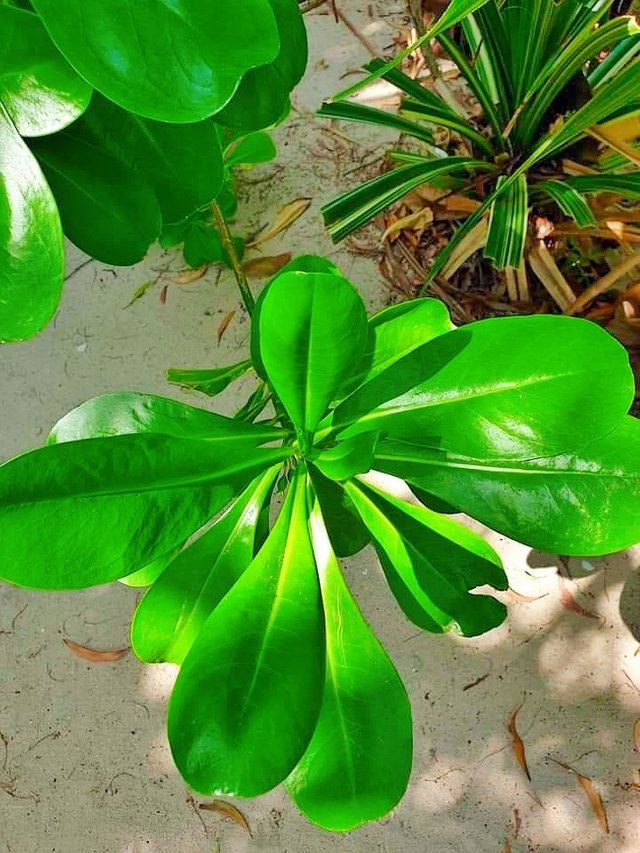
It is very beneficial to humans and is used in many diseases such as hepatitis, chest tightness, bronchitis, asthma and other lung ailments and is often used locally in combination with other medicinal plants. Used as medicine. The leaves and twigs are boiled and drunk as a remedy for high blood pressure.
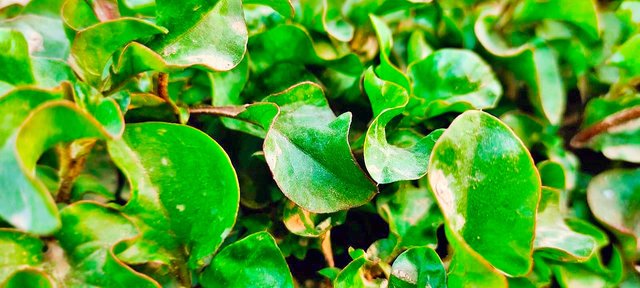
Prunus lusitanica, Portuguese laurel cherry or Portuguese laurel, is a species of flowering plant in the rose family Rosaceae, native to southwestern France, Spain, Portugal, Morocco and Micronesia. The split between the two subspecies is around the Pliocene.
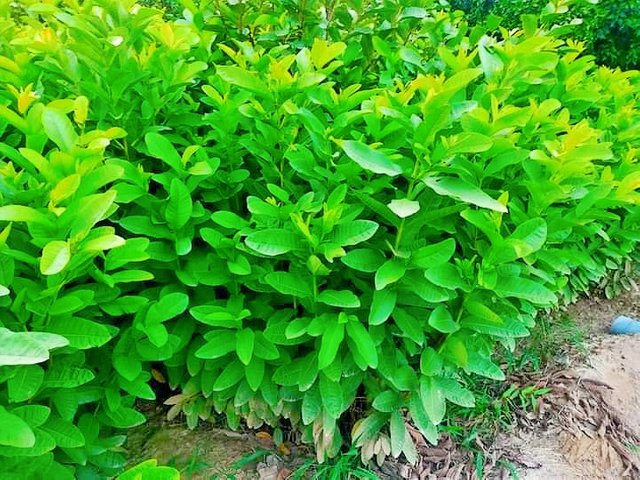
Its name is Vitex nigendo, commonly known as Chinese Vitex, Five-Leaf Vitex, or otherwise Horseshoe Vitex, or Nissanda. It also has square, dense white, tomentose branches. It is widely used medicinally, especially in South and Southeast Asia.
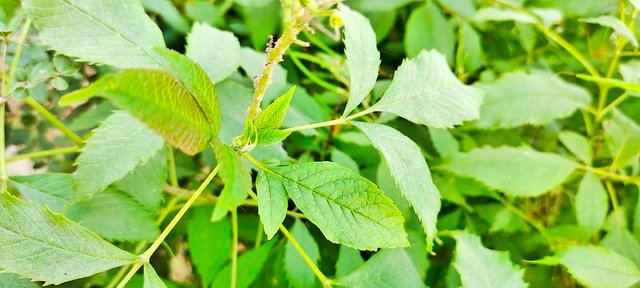
TEAM 5 CURATORS
This post has been upvoted through steemcurator08. We support quality posts anywhere and with any tags. Curated by: @frafiomatale
Downvoting a post can decrease pending rewards and make it less visible. Common reasons:
Submit
Thank you very much for your beautiful post and photos!
#club100
Downvoting a post can decrease pending rewards and make it less visible. Common reasons:
Submit